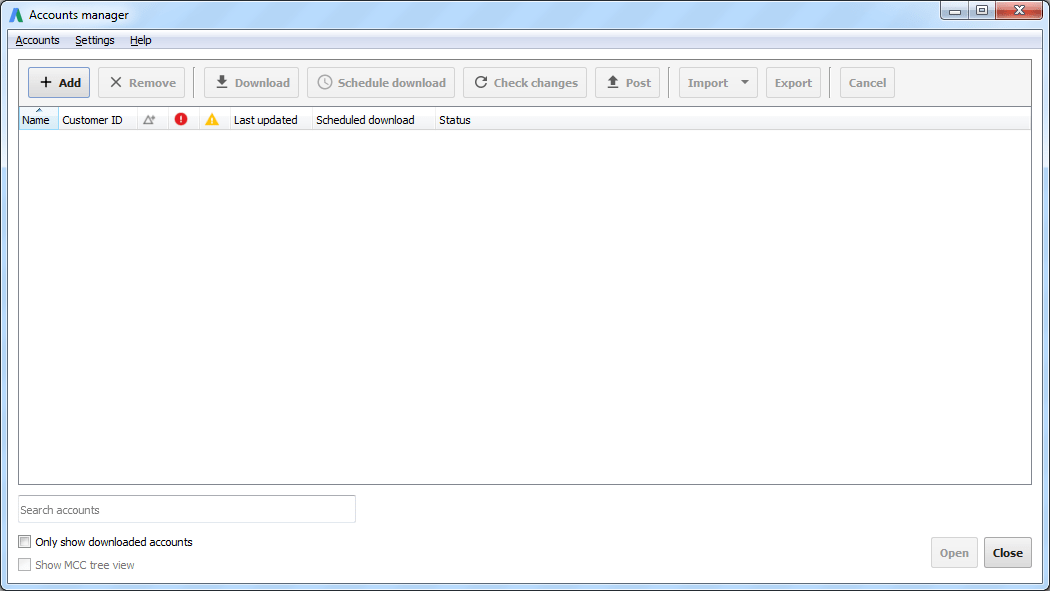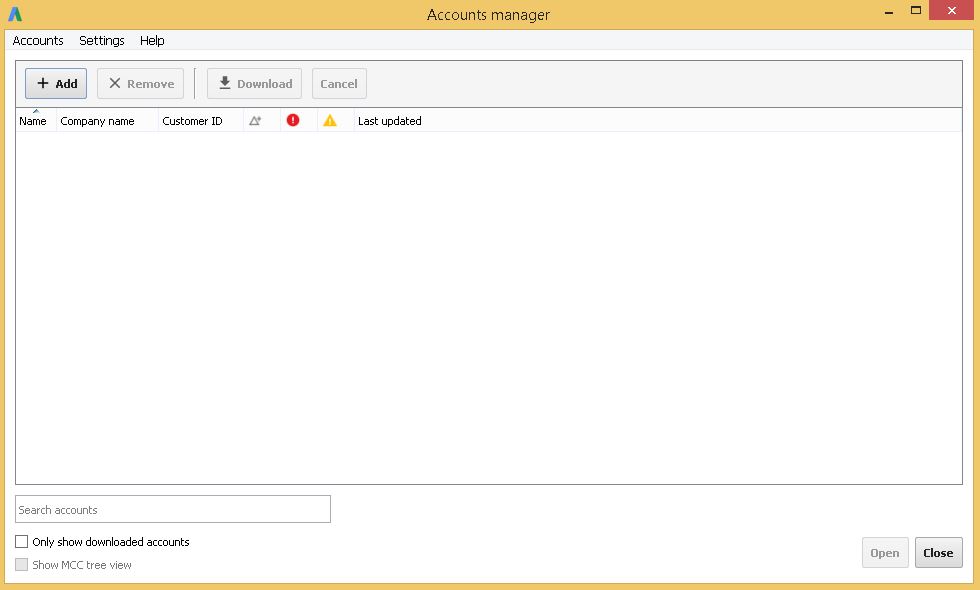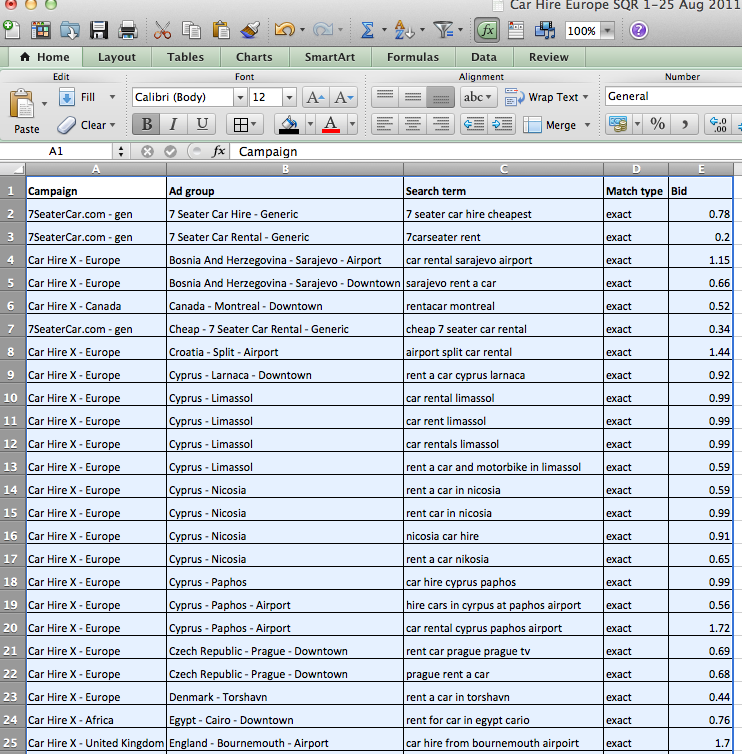


#INVALID EDIT TO POST ADWORDS EDITOR UPDATE#
It's a huge update because it eliminates the need for manual tracking and reduces the chances of errors. This is similar to how it works in Adwords. Now, as you can see, the URL is dynamically generated based on the parameters we've set. For example, I'll use color to indicate which ad variation I'm using, such as the green ad. Custom Parameters: Facebook also allows us to add custom parameters. Campaign Content: We can use the add name or any other relevant information for the content parameter. This ensures consistency in tracking, even if you change the names in the ad platform. However, you can still edit those names, but the parameter will always refer to the first published name. Facebook automatically sets the name-based URL parameters to the names provided for your campaign or ads when they are first published. Campaign Name: This is where it gets interesting. Campaign Medium: For the medium parameter, I'll use PPC to indicate that it's a pay-per-click campaign. Campaign Source: Since we are using Facebook, I'll simply type in Facebook as the source parameter. This can make tracking much easier, especially if you're doing a lot of tracking. Dynamic Parameters: Just like in Adwords, Facebook now allows us to add dynamic campaign, ad set, and ad parameters. Website URL: This is the main destination URL of the ad, where we are sending people to our homepage for brand awareness. So, when I saw this new dynamic URL generator, I was intrigued. Now, if you've worked in the Facebook editor for a while, you know that updating URL tracking templates can be a manual and tedious process. But then I stumbled upon a new feature in the editor that caught my attention - the URL parameter builder. When I started this video, I was actually going to talk about writing Facebook Ads with a mobile-first approach, rather than using the desktop version.

Alright friends, Adam here with Perigord.


 0 kommentar(er)
0 kommentar(er)
